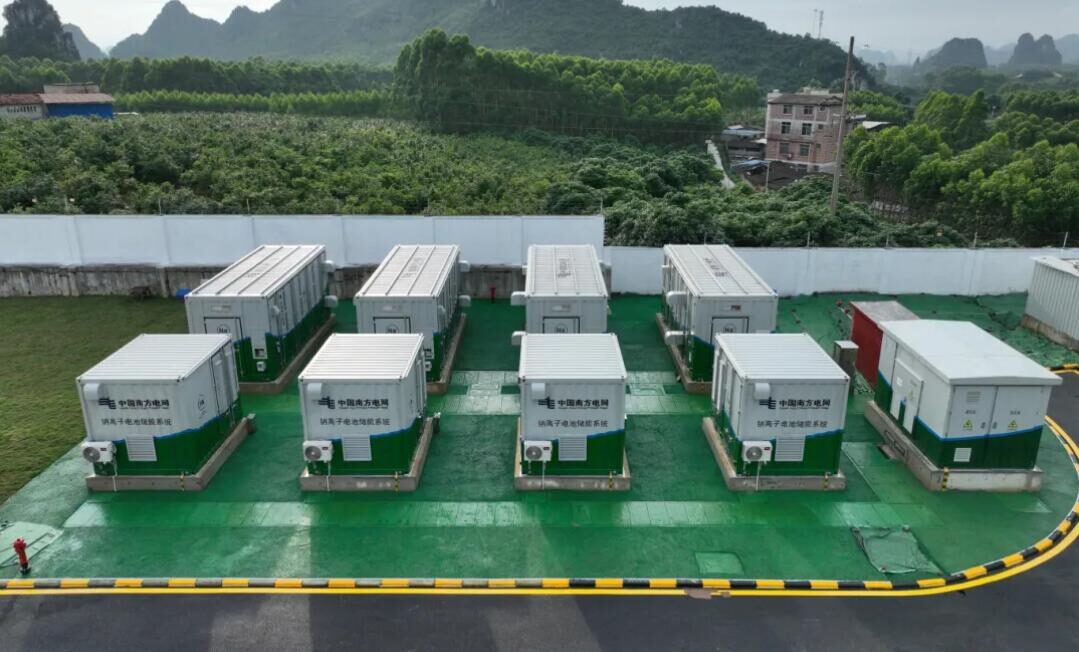Australian researchers eye redesigned panel as part of recycling plans – pv magazine International
Researchers at the University of New South Wales (UNSW) will look to develop a redesigned PV panel that allows for easier recycling, having secured AUD 5 million ($3.4 million) in federal government funding to help transform Australia’s solar panel recycling industry.
July 9, 2024
A team of researchers from UNSW that has developed a method for recycling end-of-life solar panels that they say allows them to separate 99% of PV cell component materials has secured AUD 5 million to establish a new solar panel recycling research hub.
The Australian Research Council (ARC) has awarded UNSW Sydney funding to establish the ARC Research Hub for Photovoltaic Solar Panel Recycling and Sustainability that will bring together experts from across universities and industry to improve the domestic recycling chain.
UNSW Engineering Professor Yansong Shen, who will lead the research hub, said the goal is to improve technology across the entire value chain of solar panel production.
Shen said the centre will aim to develop industry translations of scalable PV recycling solutions and materials reuse, and redesign PV panels to improve reliability and allow for easier separation and extraction of component materials like aluminium, glass, silicon, silver, and copper, for reuse.
“A redesigned PV panel with high reliability and long service life will enable reliable PV service in their massive installations in Australia,” he said. “A redesigned PV panel with a ready recycling structure will also allow for cheaper recycling and encourage more PV installations.”
Shen said the new ARC hub will also develop new supply chains and markets, encourage Australia’s R&D critical mass and continue to build on the research team’s work in recycling solar panels.
The team’s patented process utilises conventional methods to separate the large components, such as the aluminium frame and glass sheets, and crushing of the cell but then puts the crushed pieces inside a vibrating container. There, stainless steel balls are used to crush the panel pieces further and sieve into different-sized particles.
Tests indicate the entire crushing and sieving process takes about five to 15 minutes to effectively separate 99% of the materials, including silver.
Shen said the new ARC centre’s research team will include experts from across the entire PV recycling value chain, ranging from scientists to manufacturers to recyclers, to key recycled materials’ users.
UNSW Acting Deputy Vice-Chancellor Research and Enterprise Professor Merlin Crossley said developing efficient and cost-effective recycling solutions is critical with estimates forecasting more than 100,000 tons of PV waste will enter the national waste stream annually by 2030.
“Effectively dealing with solar panel waste is an important part of Australia’s national net-zero plan and sets up the industry to continue to be a key renewable energy source into the future,” he said.
The UNSW project is one of seven new research hubs to share AUD 34.7 million as part of the ARC’s latest funding round.
The ARC said the hubs funded under the program are designed to support and foster industry-university research collaboration in areas capable of driving innovation in Australian industries and developing industry-focused researchers.
This content is protected by copyright and may not be reused. If you want to cooperate with us and would like to reuse some of our content, please contact: ed*****@pv*********.com.


